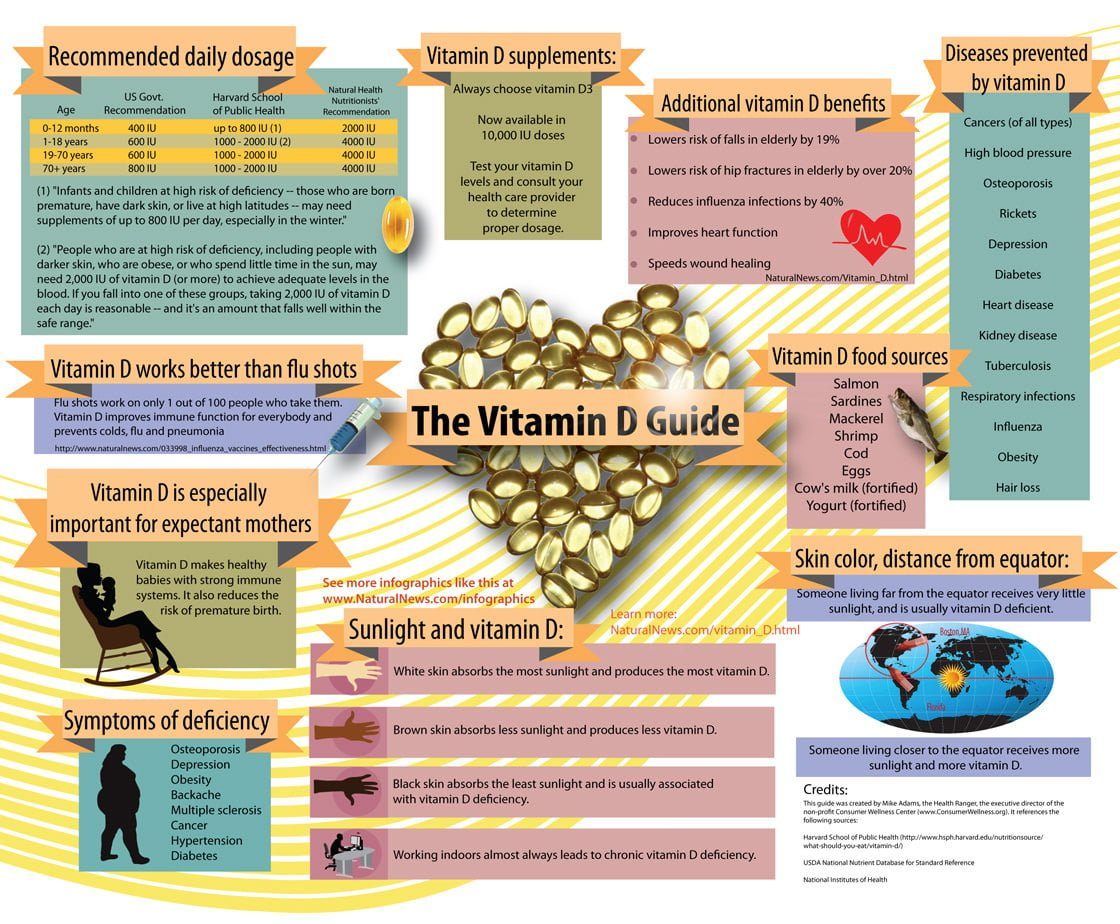A study has indicated that higher vitamin D levels are associated with reduced breast cancer risk. Data was pooled from 2 randomized clinical trials consisting of 3,325 participants and a prospective study consisting of 1,713 participants for examining the association between breast cancer risk and vitamin D levels. Serum concentrations of 25-hydroxyvitamin D were used as the marker for measuring vitamin D levels in the blood.[1]
The study participants’ average age was 63 and they were all free of cancer when enrolled for the study. Levels of vitamin D in the blood were measured periodically over a period of 4 years. The minimum healthy blood plasma level of 25(OH)D was determined to be 60 nanograms/milliliter, which is substantially higher than the federal government’s health advisory group’s 2010 recommendation of 20 ng/ml. Higher minimums for healthy vitamin D levels have been advocated by some groups. Epidemiological research has already established a deficiency of vitamin D and breast cancer risk association.
The association between 25(OH)D and risk of breast cancer was quantified making use of multivariate regression, adjusting results for body mass index, age, cigarette smoking and calcium supplement intake. It was discovered that individuals with 25(OH)D blood levels above 60 ng/ml had one 5th the risk of breast cancer in comparison to those with less than 20 ng/ml. Cancer risk appeared to decline with higher vitamin D levels, with a substantial increase of vitamin D blood levels above 20 ng/ml seeming to be effective for breast cancer prevention.
An individual would generally need to supplement with 4,000 to 6,000 IU per day to achieve levels of 60 ng/ml, less with moderate sun exposure (about 10-15 minutes/day at noon). Oral supplementation success should be measured in the winter months making use of a blood test. The National Academy of Medicine’s current average daily vitamin D3 recommendation for children up to the age of 1 year is 400 IU; for ages 1 – 70 years (which includes pregnant women) it’s 600 IU and for individuals over age 70 it’s 800 IU.
Since each individual requires different intakes to reach the targeted serum range, oral vitamin D doses are often not specified. A daily vitamin D3 intake should not be in excess of 10,000 IU except under monitored medical supervision. Adverse side effects have been associated with blood serum levels in excess of 125 ng/ml, such as constipation, weight loss, nausea, kidney damage and heart rhythm problems.
The study participants were mainly white women and was limited to postmenopausal breast cancer, thus more research is required with other ethnic groups and for premenopausal breast cancer.

Image Source – naturalnews